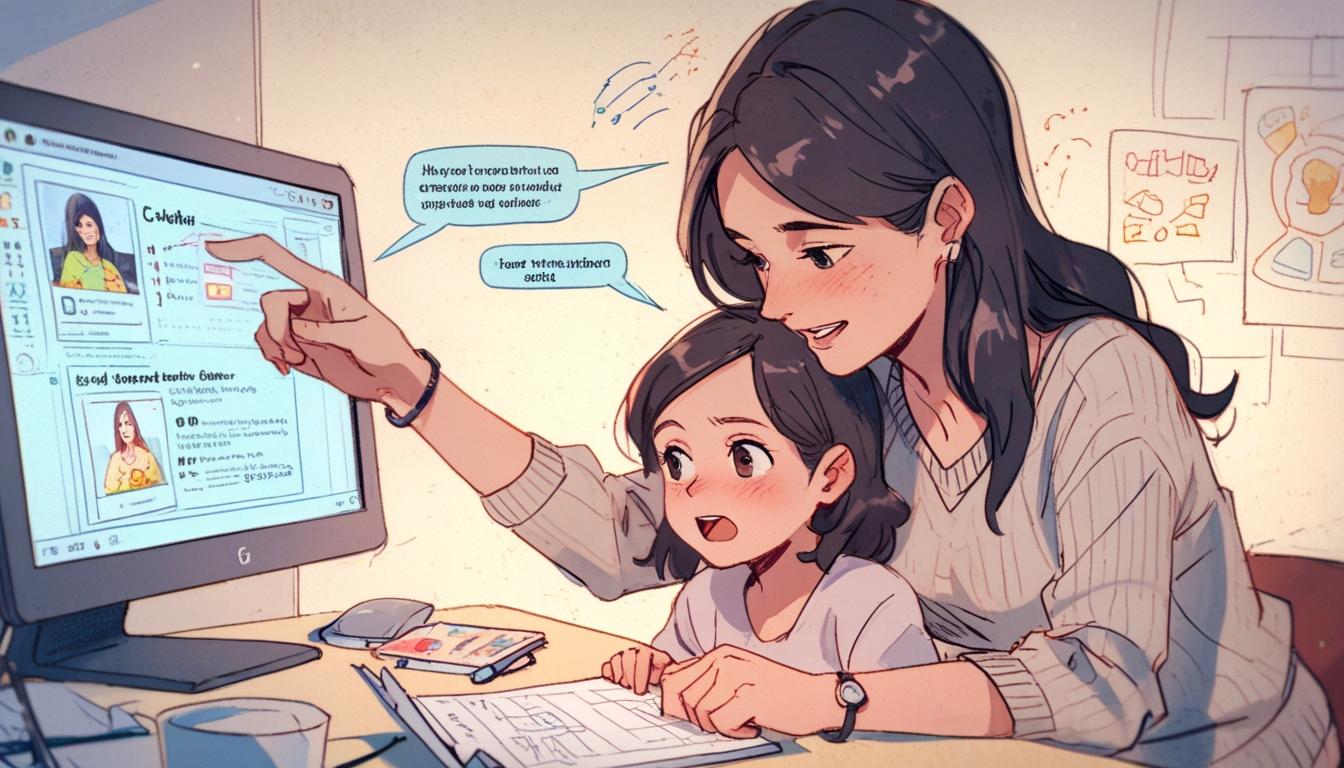A technology professional with two decades of experience has shared how she is educating her college-aged daughter to navigate the emerging challenges posed by artificial intelligence (AI) in digital content. The mother, who has witnessed firsthand the evolution of AI and social media, expressed both optimism about the potential benefits of the technology and concern over its impact on the younger generation’s perception of reality.
The mother observed that her daughter regularly consumes content on platforms such as TikTok and YouTube, where the line between authentic and AI-generated material can be blurred. She identified “reality distortion” as the primary issue she is addressing, rather than common worries such as screen time or online safety from strangers. Her focus is to equip her daughter with skills to discern what is genuine amidst the growing presence of AI-driven content that may be designed to mislead or manipulate user engagement.
To this end, she instructed her daughter to adopt several practical guidelines. Firstly, she emphasises the importance of fact-checking suspicious or questionable news items by consulting credible sources, specifically advising against relying on random websites or non-reputable YouTube channels. The recommended approach involves searching Google News for confirmation from legitimate news outlets, helping determine the authenticity of information encountered online.
Secondly, the mother educates her daughter about how social media algorithms function. She explains that these platforms customise content based on individual user interactions and have commercial interests aimed at maximising viewer retention and engagement. By recognising patterns and questioning why particular types of content are frequently presented on her feeds, the daughter learns to critically evaluate whether such content serves user interests or primarily those of the platform.
She also cautions her daughter about trusting influencers and content creators, highlighting that much of their output is commercially motivated and may incorporate AI tools to alter or exaggerate truth for monetary gain. The mother warns that some influencers may themselves be digital constructs controlled by unseen operators focused on advertising revenue.
Further, the mother imparts practical skills to detect AI-generated videos. She points out various common indicators such as unnatural facial expressions, inconsistent blinking, disconnected lip-syncing, awkward transitions, atypical hair or lighting, distorted backgrounds, and an absence of natural emotion in speech. Illustrating her point, she recounts viewing an AI-created video featuring a “doctor” who spoke about a patient with a stomach hole, but did so without any emotional inflection, betraying the video’s artificial nature.
She also introduces her daughter to AI-based tools designed to identify misinformation, thereby enhancing their collective ability to verify digital content both at home and in professional settings.
Despite the challenges posed by AI, the mother acknowledges its potential benefits and underscores the need for more diversity among AI developers, particularly more women and parents who can contribute to creating safe, family-friendly guidelines. She concludes by emphasising that, regardless of personal views on technology, AI is an inescapable part of the future. Her objective is to foster a healthy scepticism in her daughter towards online information, encouraging her to question and verify before accepting digital content as truth.
The account comes from Business Insider, where the mother’s reflections provide insight into the evolving parenting challenges in an AI-influenced media landscape.
Source: Noah Wire Services
